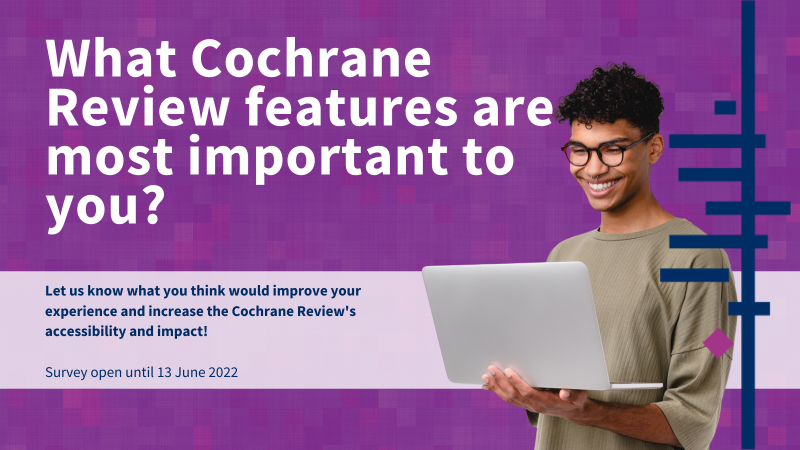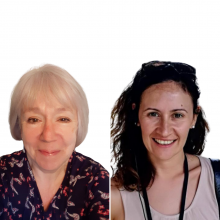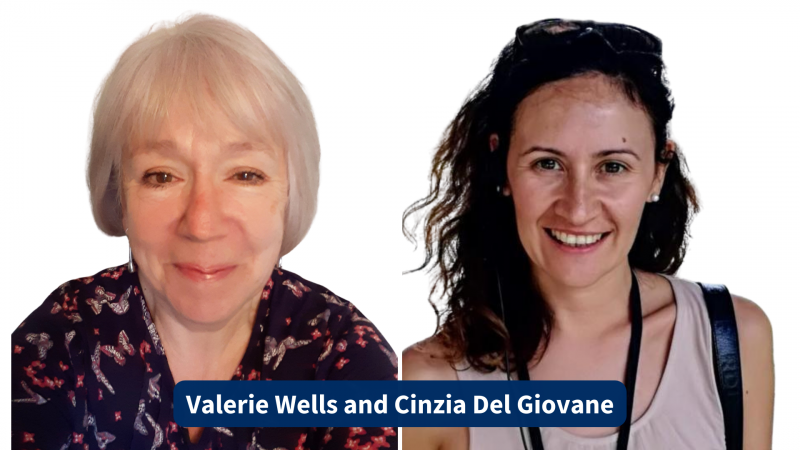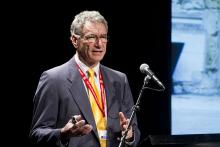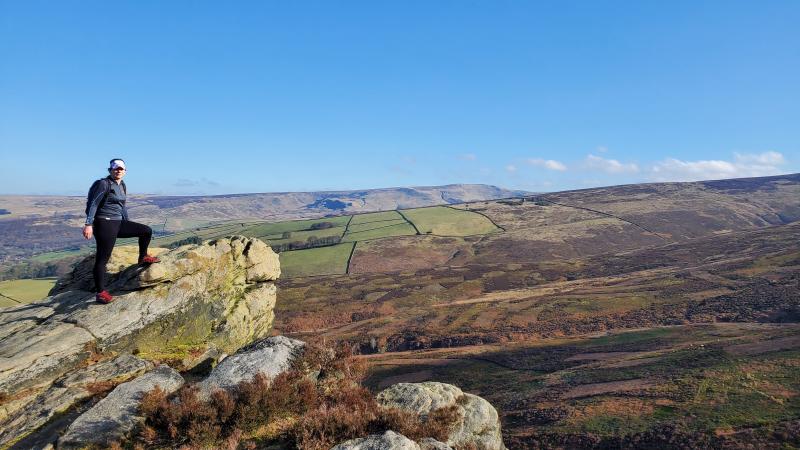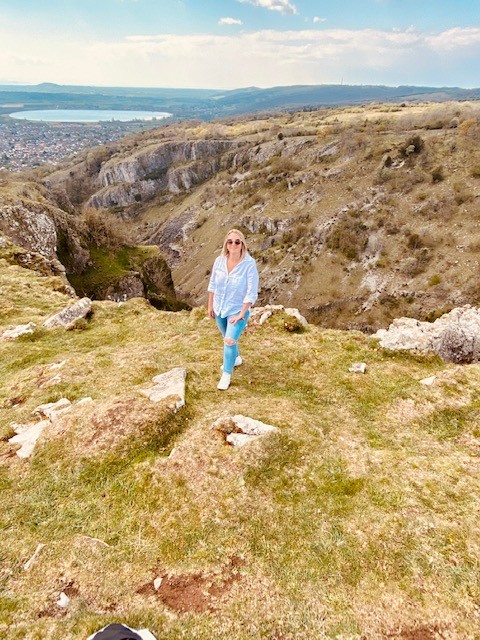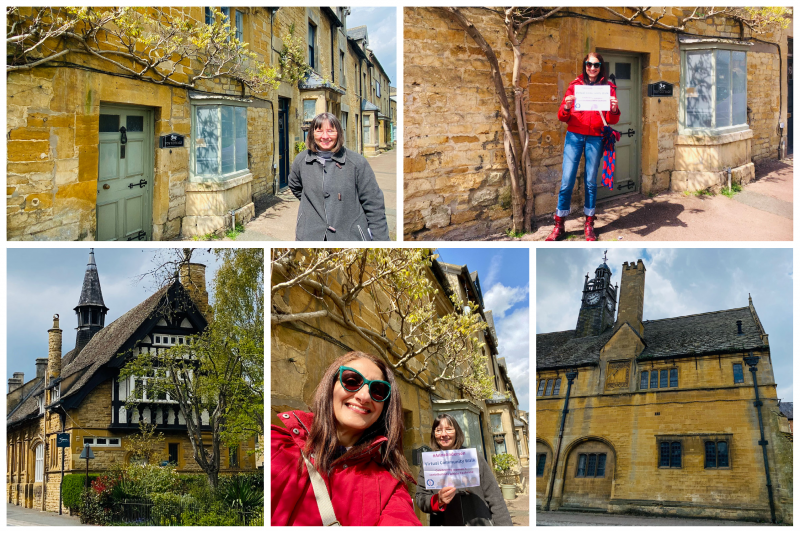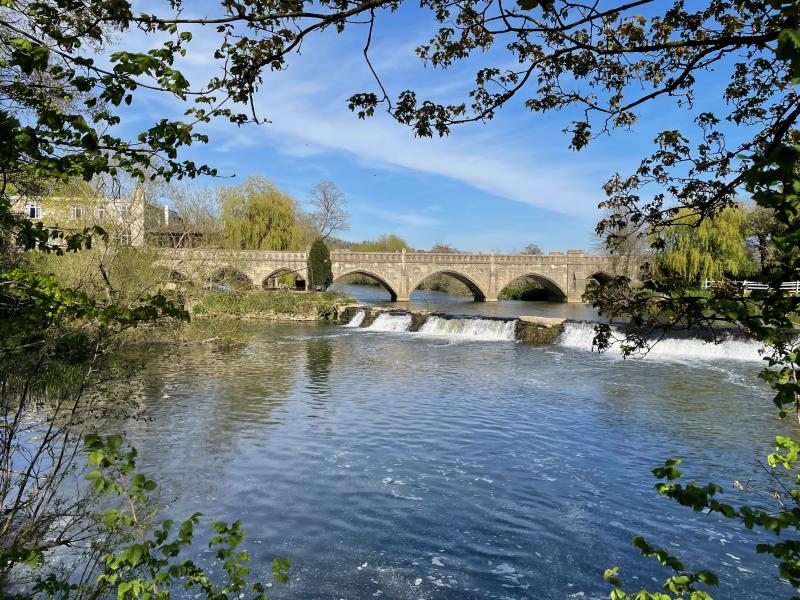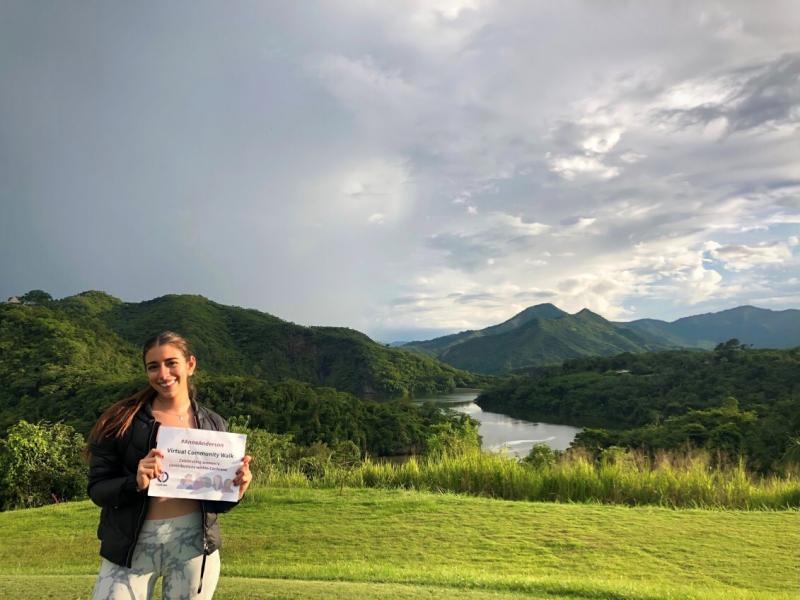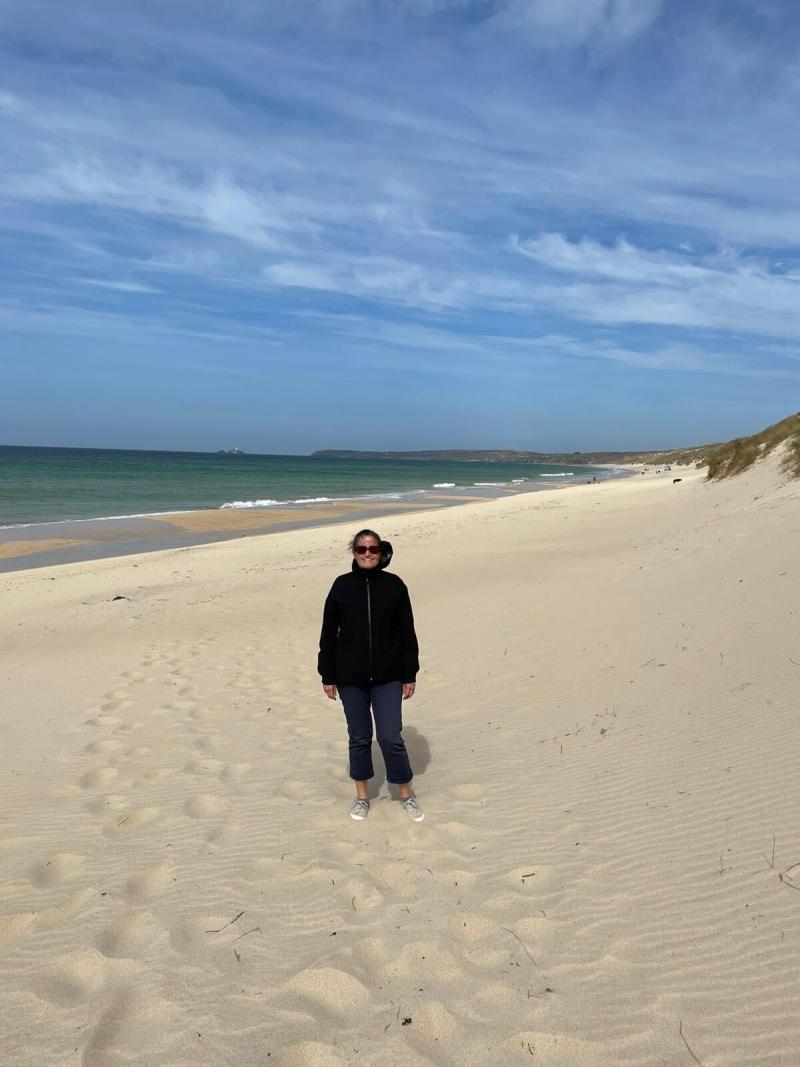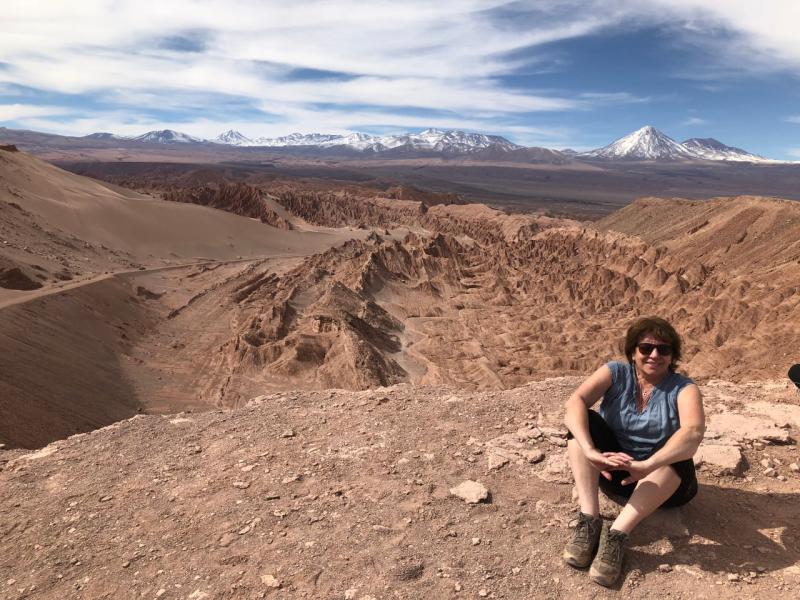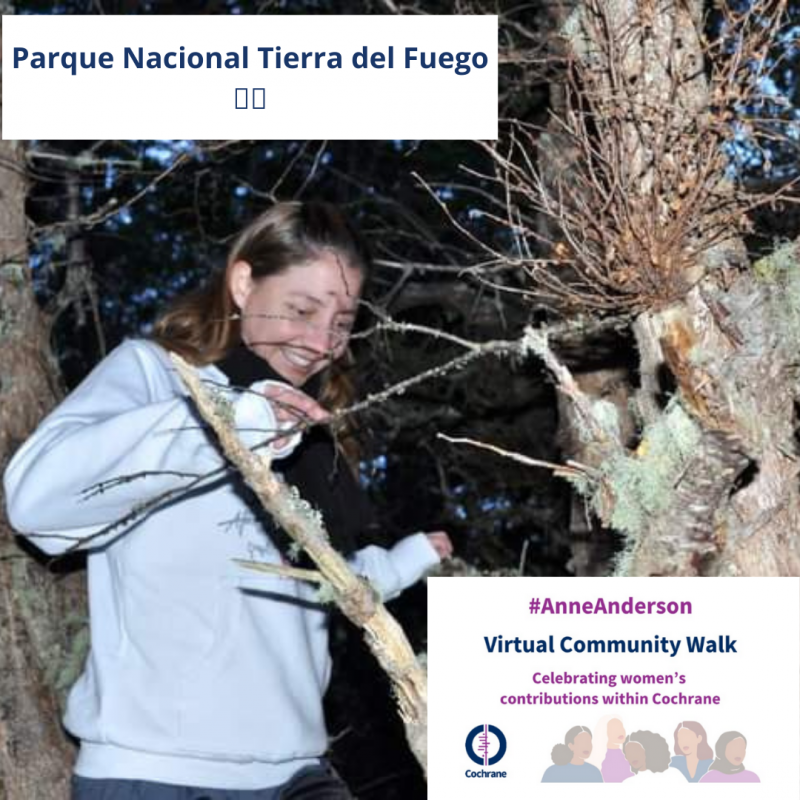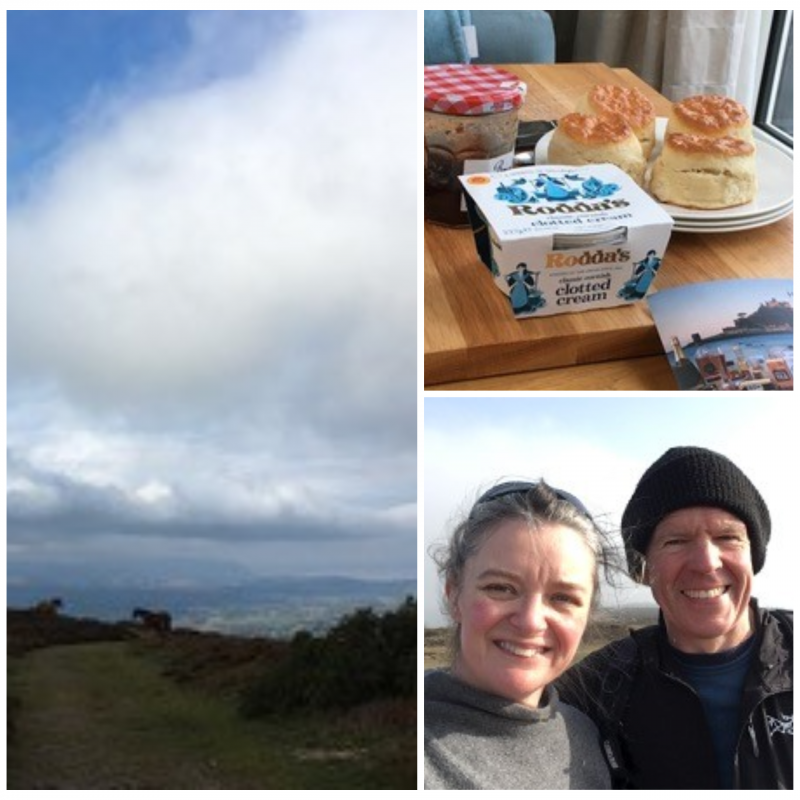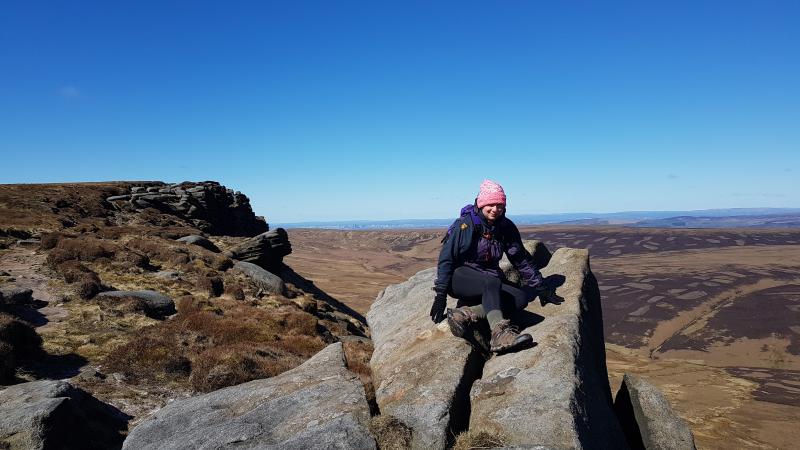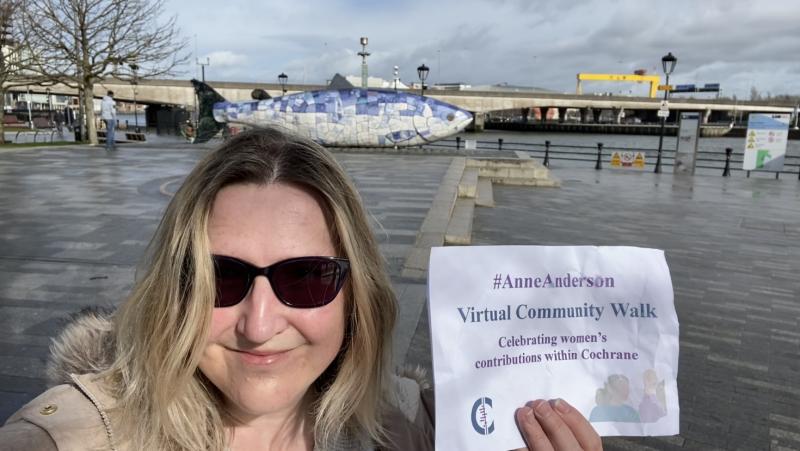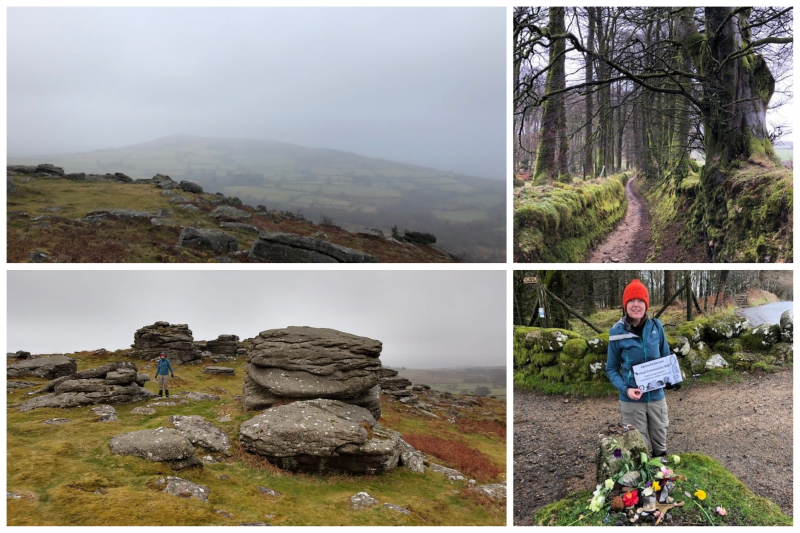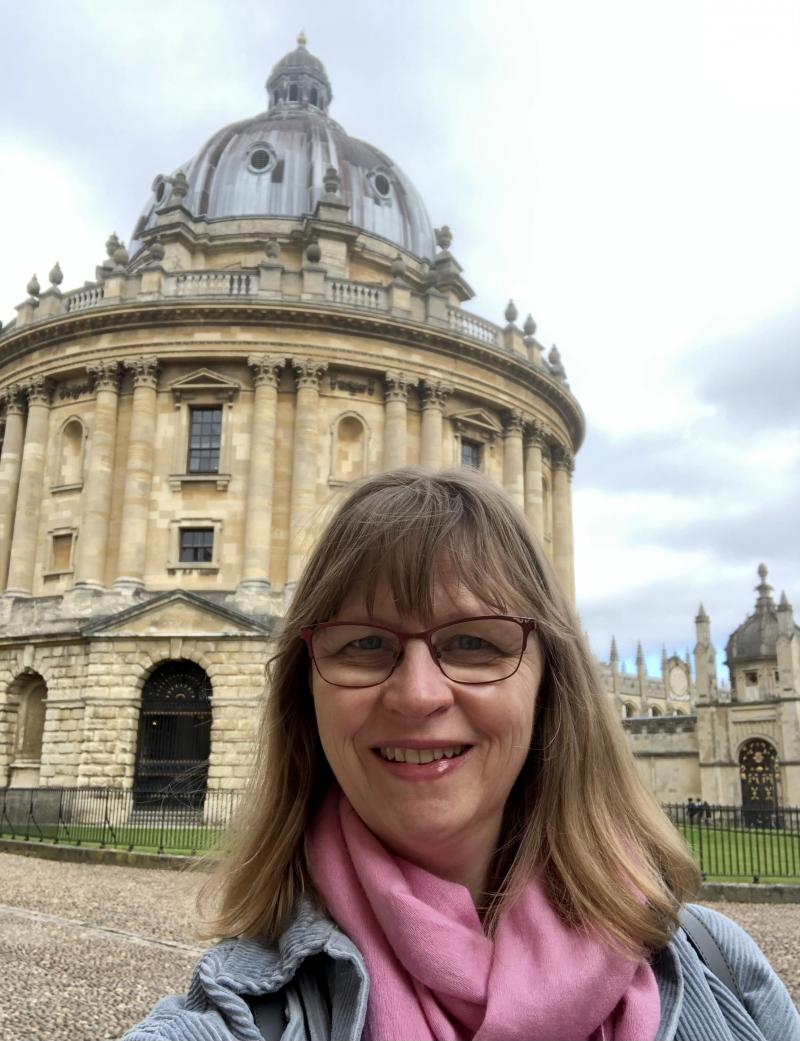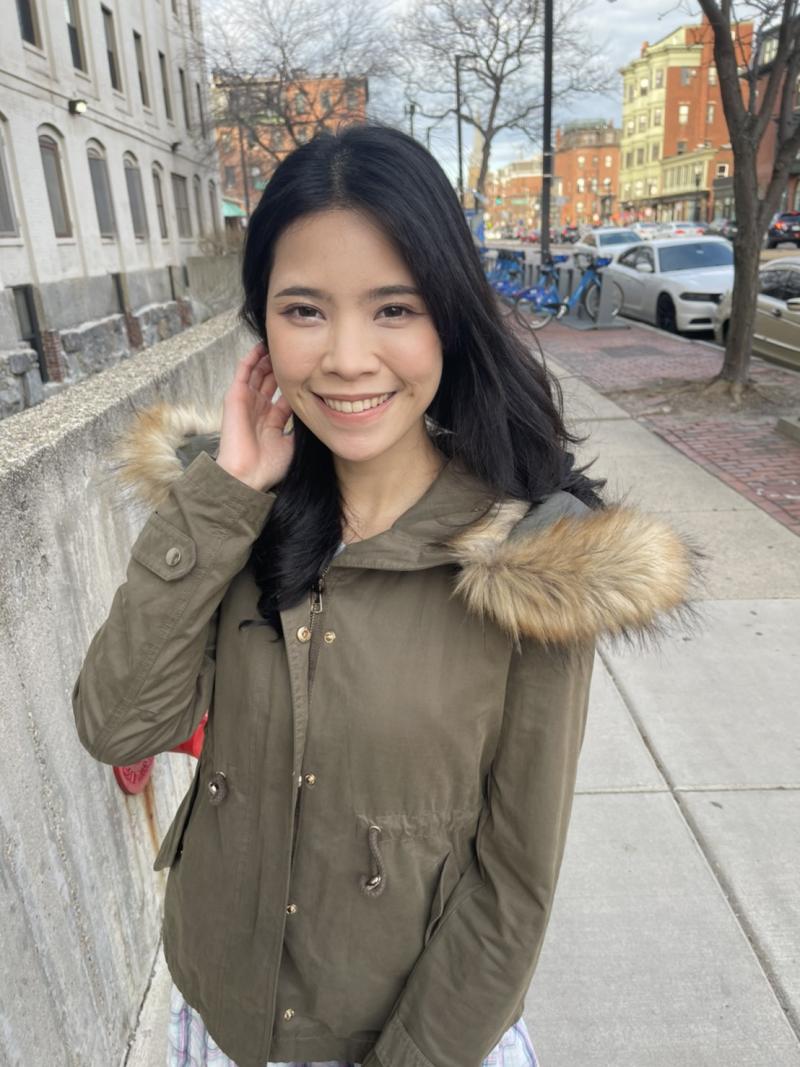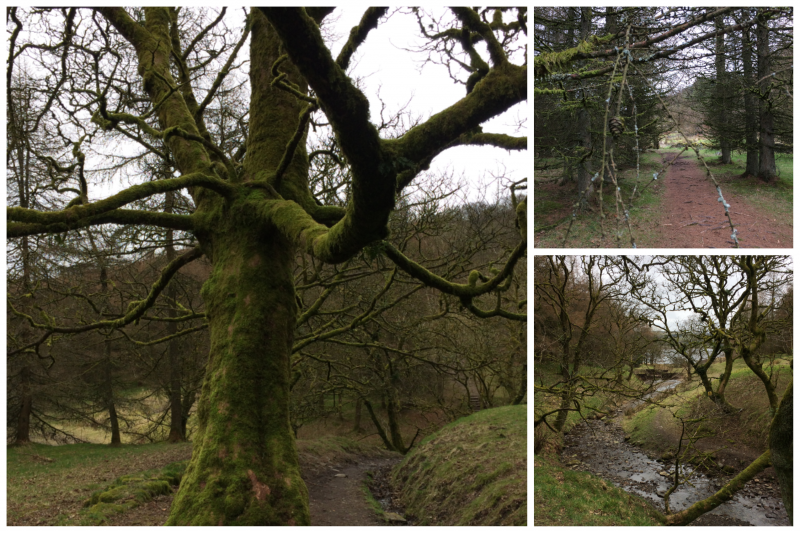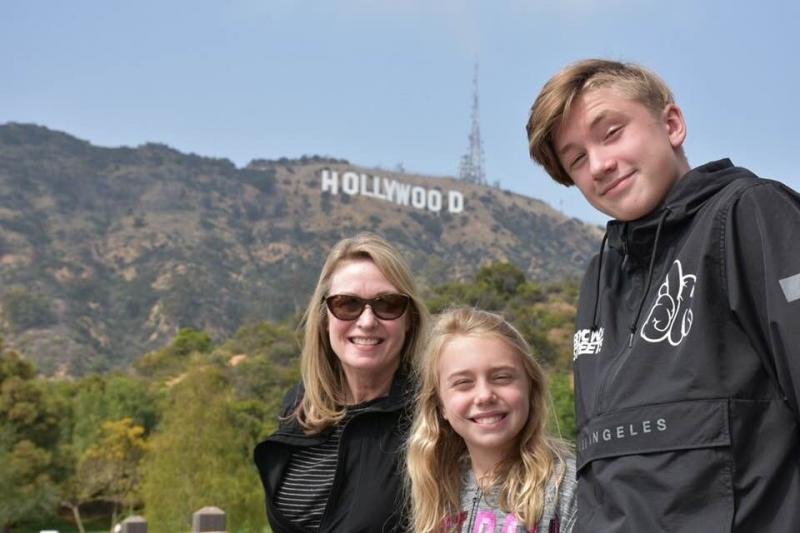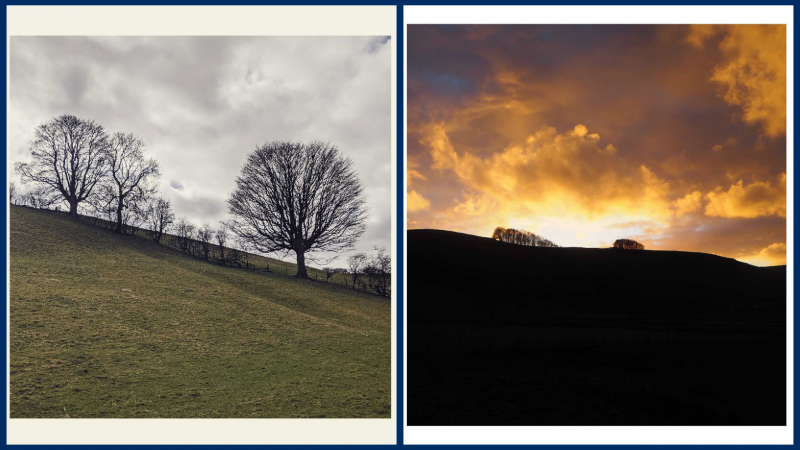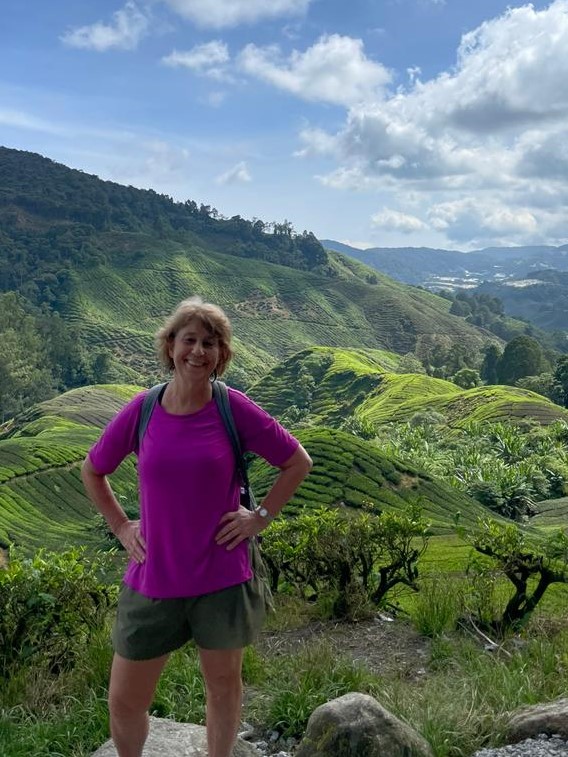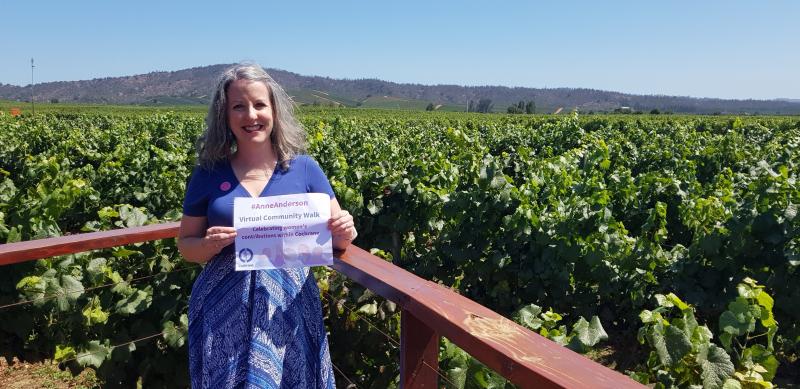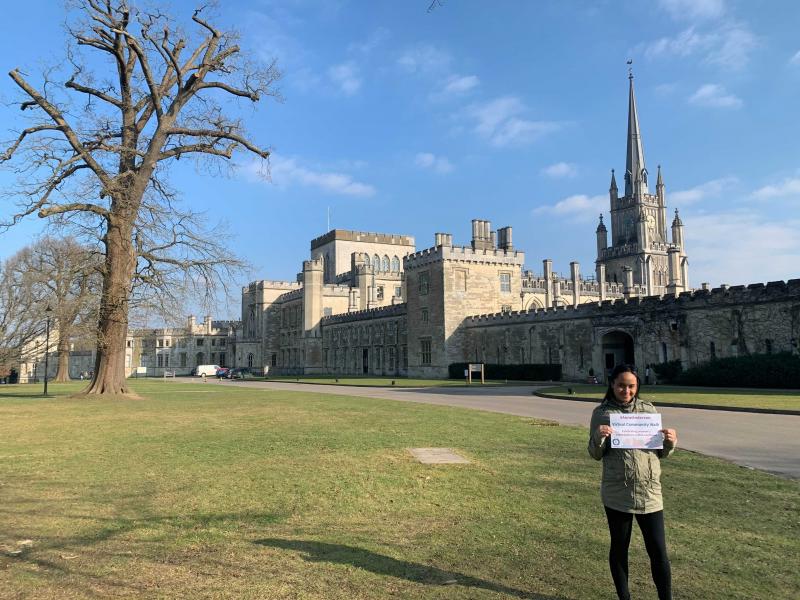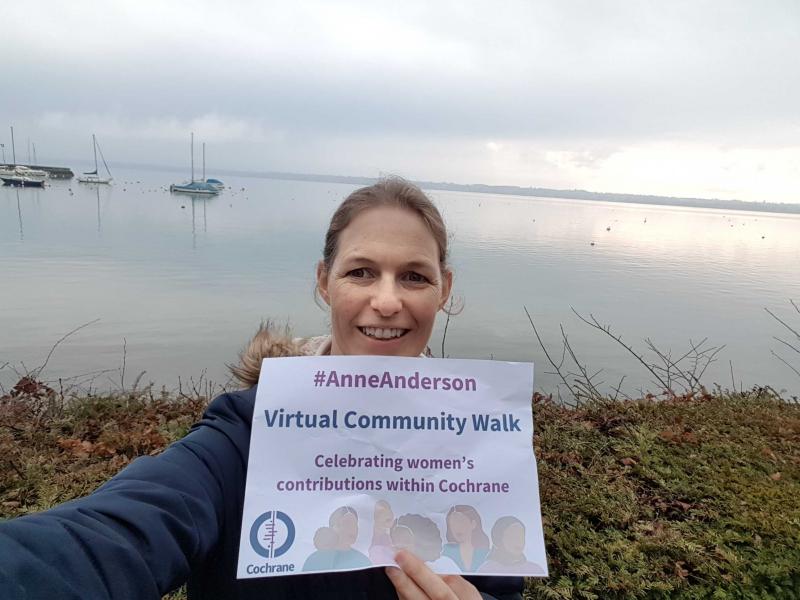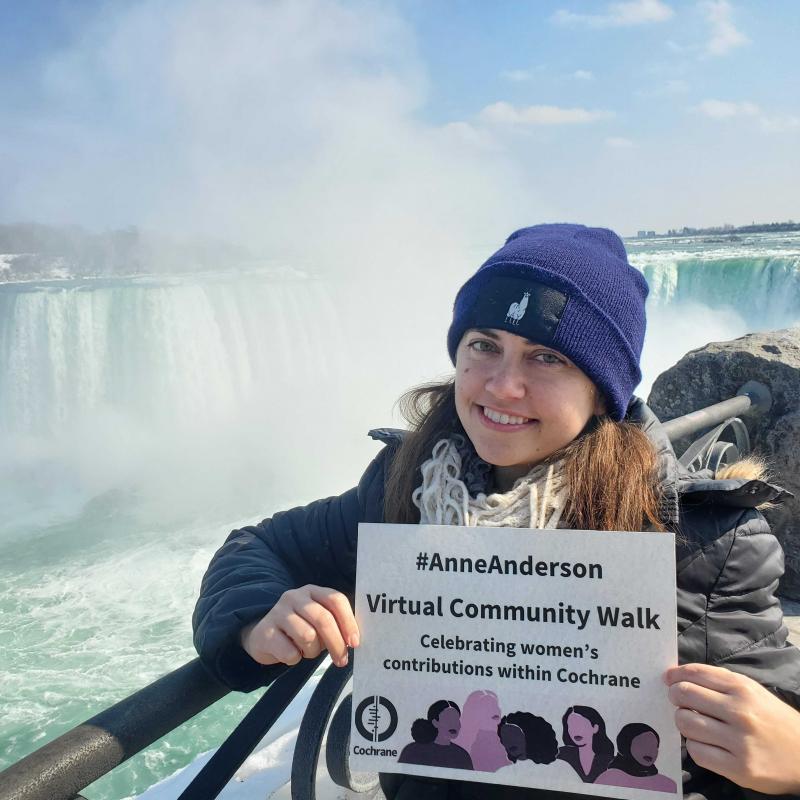Dear Community members and friends,
This year takes us a step nearer our open access commitment. We know how important it is to make the best evidence freely available to all those who need it - the experience of the pandemic reinforces that, and our funders expect it. With that commitment there is a financial challenge that we are determined to meet, so in 2022 we will be continuing the step by step transformation of Cochrane we launched in 2021 in line with Strategy for Change.
Funders globally are re-evaluating their priorities and approaches – we want to make sure that Cochrane is positioned to continue to secure funds into the future - which is imperative if we are to be sustainable and able to continue our important work.
The future of evidence synthesis
Following the consultation on the future of evidence synthesis proposals, the Governing Board on 9th Feb 2022 approved the proposed change to Cochrane’s evidence synthesis production model and the immediate move to implementation activities. They asked the Executive Leadership Team to:
- work with partners to set up a small number of externally funded Evidence Synthesis Units (ESUs), to be located in both high- and low- or middle-income countries
- develop collaborative arrangements across the community to ensure we maintain our valuable skills and expertise. These new groups will be shaped thematically to work in collaboration with other Cochrane entities to: support the developmental and editorial processes for evidence syntheses; identify and focus on global priorities; engage in knowledge translation and stakeholder and community engagement
- expand the Central Editorial Service to handle the editorial process for all evidence syntheses published on the Cochrane Library, including a direct pathway and a fast-track service, to strengthen consistency and delivery.
The Governing Board will monitor and maintain oversight, so that, as a community, we continue to learn and develop and adapt as we progress.
Your views on the proposals shared last year were key and informed the recommendation agreed by the Governing Board, who felt this was the best way to secure Cochrane’s funding and future. We look forward to your continued engagement as this is central to shaping the new thematic groups and structures outside of Evidence Synthesis Units, and finding ways to maintain and enhance the community connections that are so fundamental to Cochrane.
There remain challenges and uncertainties and this change will not be achieved overnight. The approach will be phased so that, as we move forward into implementation, we retain the best of what we have as well as make the right changes for the future.
~ Find out more about the future of evidence synthesis in Cochrane here ~
For direct access to the proposal approved by the board, click here.
Other priorities for 2022
Context
Our response to the pandemic showed the best of what we could do. We delivered rapid, living reviews, and shared the best evidence freely to support the world in tackling an unprecedented challenge. That learning and the consultations with all of you over 2020/21 informed the Strategy for Change, which is guiding our priorities in 2022 and 2023. 2021 was a year of transformation and achievement. Read more about it in our end of year message. Among other things we held wide consultation on the future of evidence synthesis. We also reviewed and restructured the Central Executive Team (CET) to save £2.3m (23%) on the 2021 budget for 2022, and achieve breakeven budgets in 2023 and 2024. We established a Director of Development role to lead on global fundraising, and introduced five-year financial planning to help navigate the opportunities and challenges ahead.
2022 Priorities
The key strategic priorities for 2022 were agreed by the Governing Board in December 2021 - the full list can be found in the Appendix. As well as prioritising changes to the future of evidence synthesis (as above), in summary they are:
- Open Access (OA) Transition plan, including product development (Strategy for Change GOAL 3) Have a roadmap in place by the end of the year to deliver full Open Access by 2025.
- Income generation and diversification (Strategy for Change Sustainability objective) To diversify and increase our income, mitigating the loss of subscription income due to Open Access.
- Advocacy post Cochrane Convenes (Strategy for Change GOAL 2) Shaping an advocacy programme that supports our goals, building on the key themes from Cochrane Convenes.
- Central Executive Team (CET) culture and ways of working (Strategy for Change Accountability objective) To ensure the new CET Structure works effectively with and for the community to deliver our collective goals.
All of these priorities look to the future (as far as we can), reshaping Cochrane to be able to anticipate and respond to further change, building on our collective experience of almost thirty years. The core of what we do remains the same. Our principles remain the same. BUT the way we produce reviews, share them and advocate for evidence will change – must change – so we continue to have the impact on the world we want to – better health for all.
The Governing Board is confident we have the right strategy, the right policies, and the right people - including you - to deliver these ambitions. There is much to look forward to, and every reason to be optimistic and excited about Cochrane’s future. And of course, we will be welcoming a new Chief Executive later in the year.
Cochrane stands for collaboration, and its extraordinary, global community. Working together - what we do best – will guarantee Cochrane’s continued success and impact , improving health for all. We hope you are as excited as we are, and ready to engage with this next phase.
Catherine Marshall, Co-chair
Tracey Howe, Co-chair
on behalf of the Cochrane Governing Board

